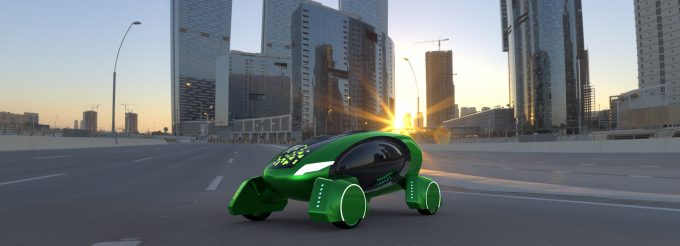DHL's Alice cargo plane takes to the skies in an electric wonderland....
DHL Express’ electric aircraft plans went airborne this week, with the maiden flight of its ...

How do you feel about handing over the wheel of your car? Many of us love driving but this is due to change. Driverless cars already exist in some forms, but they will hit the mass market in the early 2020s and will develop over ...

Comment on this article